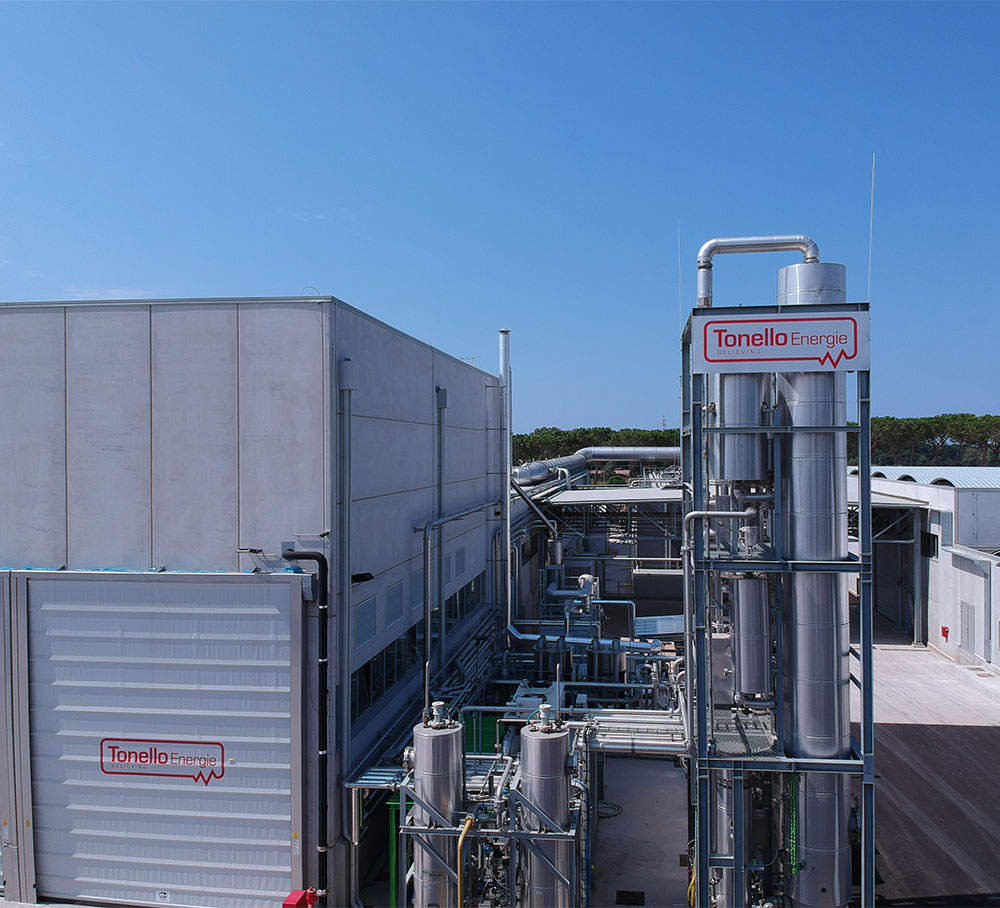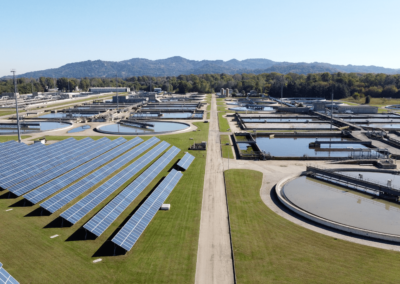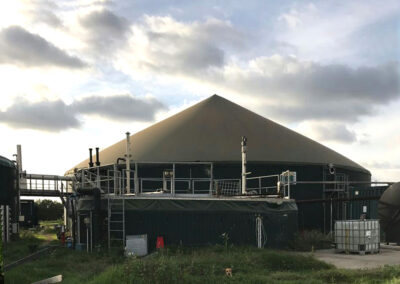Biomethane: new development horizons for waste treatment
Waste Treatment and Biomethane
Tonello Energie carefully valorises and manages the entire waste cycle

Tonello Energie carefully valorises and manages the entire waste cycle, starting from the selection and separation phases and proceeding with the treatments necessary for the recycling of the main components.
The work of Tonello Energie, however, does not end with the separation phases, but continues with the production of energy directly from the organic component of the waste, using processes of aerobic and anaerobic digestion.
Organic waste can therefore be used to produce energy in a green way, thanks to biomethane and compost. These, in fact, are the missing link that allows you to close the chain of “Circular Economy”, a path that has long been suggested by the European Union and other major environmental bodies worldwide in the field of sustainable development and that Tonello Energie has chosen to follow.
As the term itself shows, we try to eliminate from the equation the term “waste”, preferring instead the path of recycling, identifying in each component an added value and a possibility of future reuse.
Renewable natural gas, or biomethane, is a type of methane obtained from the decomposition of organic materials of recyclable waste, such as food waste (FORSU), agriculture, SOA and wastewater treatment plants.
Biomethane is an important contribution to the transition from a fossil fuel economy to a more sustainable one.
Subject to a purification process, it has the same characteristics as methane, complies with the technical regulations of the sector and is suitable for the subsequent compression phase for the injection of natural gas into the network or distributed directly for transport.
The two processes for the treatment of organic waste proposed by Tonello Energie are anaerobic digestion and composting. The first generates biogas, which undergoes an upgrading process that involves the removal of carbon dioxide and harmful elements.
At the end of the process there is the biomethane, which can be used for the production of thermal and electrical energy.
The waste material from anaerobic digestion is processed and transformed into high quality compost that can be used for soil fertilization instead of chemical fertilizers.

The advantages of biomethane
Biomethane is an important advantage for
The territory
The environment
The economy
Tonello Energie follows the customer in all phases, indicating the structure and platforms best suited to its needs and its situation, without overshadowing the needs of the environment. For the treatment of waste, Tonello Energie is inspired by the “Integrated Platform” which provides flexibility, modularity and scalability, three important aspects that allow optimal management of waste, giving the possibility to recycle and reuse larger and larger quantities of waste.
Tonello Energie offers the most reliable and innovative technologies of anaerobic digestion and composting processes, designs and realizes complete waste treatment systems, from reception to the production of Biomethane. The strategy of Tonello Energie is to strive for continuous improvement, reacting to the concept of environmental sustainability and circular economy, while remaining competitive in the value for money. Our technical team is able to carry out projects and feasibility studies for successful interventions, in full cooperation with the customer.
How does an OFMSW biomethane plant work?
The production of biomethane from the treatment of the organic fraction of urban solid waste (OFMSW) represents a pivotal point in the context of the circular economy and is perfectly in line with the objectives set at the EU and national level in terms of energy-saving and enhancement, as well as the safeguarding of the environment.
Through the process of anaerobic digestion, it is in fact possible to enhance the energy content of a matrix which otherwise would simply convert into a waste, obtaining from it a source of clean and sustainable energy.

Pretreatment
Generally, this type of system is made up of different sections perfectly harmonized and integrated with each other. Once delivered, the waste undergoes a pre-treatment process, by specific electromechanical units, aimed at removing the waste components and making them suitable for the digestion process in terms of maximum biogas yield.
Anaerobic digestion
The pretreated organic matrix is then sent to the digestion section, a real nerve center for the valorization of organic waste. The process takes place in special heated reactors inside which anaerobic conditions are established. By removing oxygen, the growth and activity of an anaerobic bacterial flora are stimulated, which degrades the organic fraction releasing biogas rich in a methane component and carbon dioxide.
Upgrading
The biogas produced is subsequently refined in an Upgrading plant which, thanks to specific chemical-physical reactions, allows to separate the biomethane from the CO2. The result is a flow with characteristics that are entirely suitable for injecting natural gas into the national transport network. The high degree of purity also allows it to be used as a biofuel for transport.
CO2 Release
The separated carbon dioxide is instead simply released into the atmosphere or possibly recovered, through special liquefaction sections, for use in the industrial field. In any case, the release of this component into the atmosphere does not constitute a polluting emission as it simply releases part of the carbon naturally contained in the organic matrix, without therefore altering the overall balance.
Quality compound release
The waste extracted from the reactors is finally further treated and mixed with other organic matrices, such as for example cuttings and pruning waste, and structuring matrix, in order to obtain a suitable mixture for the subsequent composting phase. In this phase, the material is subjected to a controlled oxidation and sanitation process in order to produce high-quality compost.
Tonello Energie
Our projects
Archive of some biomethane plants designed and installed.



